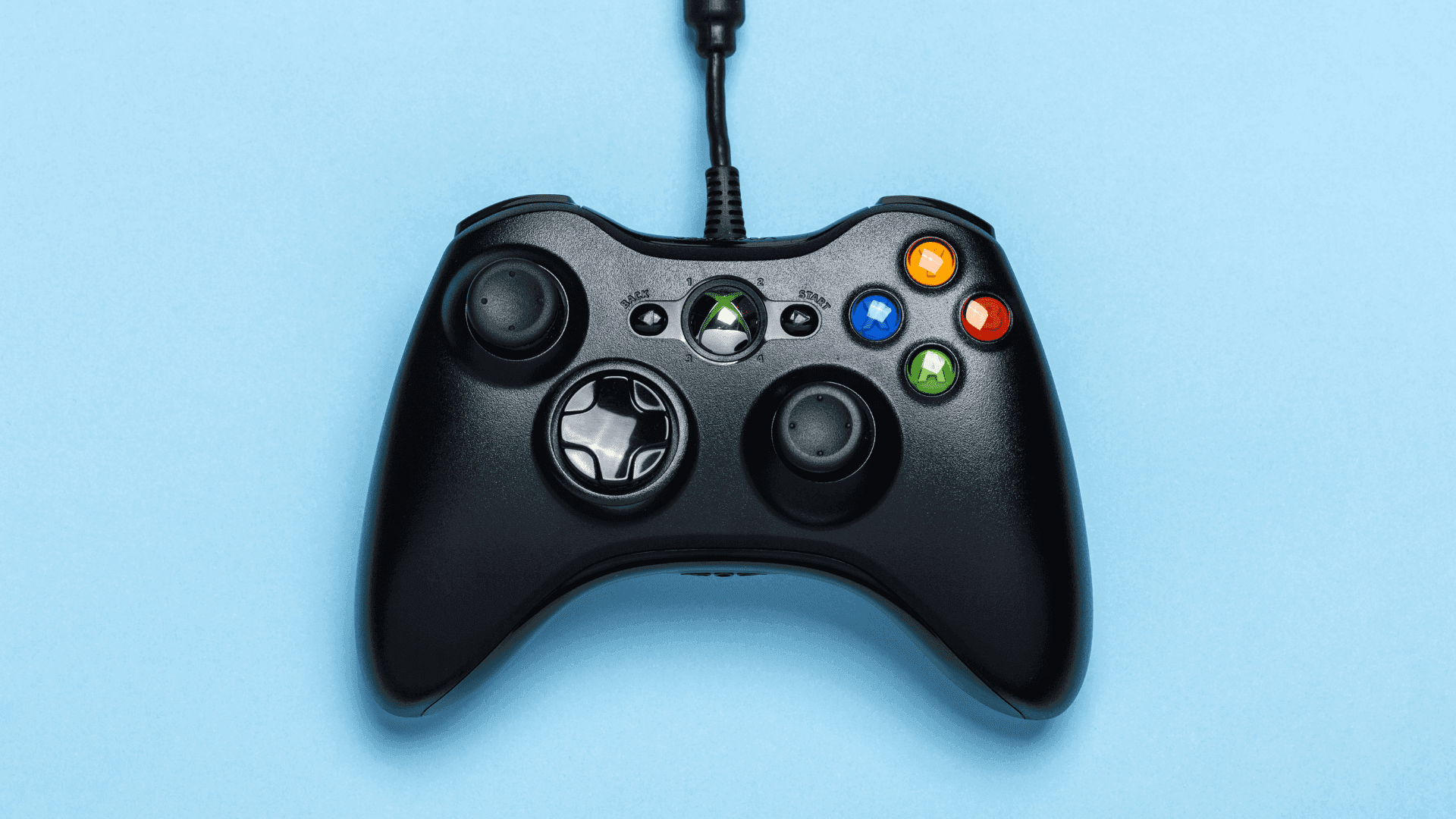According to a recent analysis by GameDiscoverCo, the timing of a game demo’s release has become a significant factor in determining its success within the broader context of player discovery and engagement. In recent years, demos have shifted from being simple trial experiences to becoming critical tools for building momentum and generating interest in upcoming games. With the increasing use of platforms like Steam and participation in digital events such as Steam Next Fest, the need to plan demo releases strategically has never been more important.

Early Demo Launches Determining Success
Early Demo Launches
Industry voices such as Hans Haave, a producer at Oro Interactive, have emphasized the value of releasing demos well before high-traffic events. In the case of Easy Delivery Co., Haave advised releasing a demo three to four weeks ahead of Steam Next Fest. According to him, this timing allows developers to reach players and media outlets before their attention becomes divided by a flood of concurrent demo announcements. Early launches also reduce competition in Steam's front-page Trending Free section, increasing the likelihood of visibility during a quieter period.
This approach addresses a common misconception among newer developers who often aim exclusively for major events like Next Fest to debut their demos. While Next Fest provides front-page placement and a structured window for exposure, it also introduces intense competition. At the beginning of each Fest, thousands of demos are randomly showcased to players. Although personalized recommendations improve as the event progresses, the initial randomness can make it difficult for less-established titles to gain attention.

Early Demo Launches Determining Success
Limitations of a Sole Focus on Steam Next Fest
Steam Next Fest remains a valuable opportunity for many developers, but the benefits can be inconsistent. The sheer volume of participating games means that discovery is not guaranteed. Influencers, content creators, and press are typically overwhelmed with pitches and press kits during the event window, reducing the chances of any single demo receiving meaningful coverage. As Haave notes, while Next Fest can deliver results, its egalitarian nature often leads to unpredictable outcomes in terms of wishlist growth, traffic, and community interest.
Instead of relying entirely on a single event, developers are encouraged to consider alternative or additional release windows. Steam now hosts a variety of thematic events, and third-party showcases such as LudoNarraCon often require playable demos to feature. These opportunities may offer lower competition and a more targeted audience, increasing the potential for meaningful engagement.

Early Demo Launches Determining Success
Maintaining Persistent Demos with Regular Updates
Another emerging trend in demo strategy is maintaining a permanently available demo that evolves over time through updates. Bertrand Vernizeau, the funder and publisher of the medieval combat game Half Sword, has adopted this method. Rather than limiting access to the demo or tying it to specific events, the Half Sword team releases periodic updates that significantly expand or refine the demo content.
This continuous demo model functions both as a discovery mechanism and as a development feedback loop. In April 2025, the latest tech demo patch for Half Sword was downloaded over one million times, leading to a temporary placement among the top ten most streamed games on the platform Twitch. The increased visibility also translated to substantial growth in the game's wishlist count, which now exceeds 1.1 million.
Vernizeau describes this strategy as an open invitation for players to try the game early and offer feedback. While such an approach may seem counterintuitive to publishers and investors, it aligns with developers’ interest in iterative improvement and sustained community engagement.
Success from Long-Term Demo Availability
The success of games like Half Sword is not an isolated case. Other indie titles, such as Backpack Battles, have also demonstrated the effectiveness of long-term demo availability. The game maintained a live demo for nine months before release, during which time it reached a peak of nearly 19,000 concurrent players—an impressive figure for a micro-indie game.
By updating the demo regularly and allowing players to remain engaged over a long period, these developers have built anticipation organically. Rather than focusing on a single burst of attention, they have sustained interest through gradual content expansion and consistent communication with players.
Rethinking the Demo Release Strategy
As the game development ecosystem grows increasingly crowded, timing alone is not the only factor to consider in demo strategy. Developers should think in terms of marketing beats and continuous player engagement. Whether launching a demo in advance of major events or maintaining a live version throughout the development cycle, the key is to plan deliberately and adapt based on the game's specific strengths and community response.
The modern game demo serves as much more than a trial—it is a discovery tool, a marketing asset, and a communication channel. For developers confident in their gameplay loop and design appeal, offering an accessible and evolving demo may be one of the most effective strategies available. By aligning demo availability with both quiet periods and major showcases, developers can maximize visibility while collecting valuable feedback. In this context, the best timing may not be a single moment, but an ongoing commitment to keeping players engaged.


